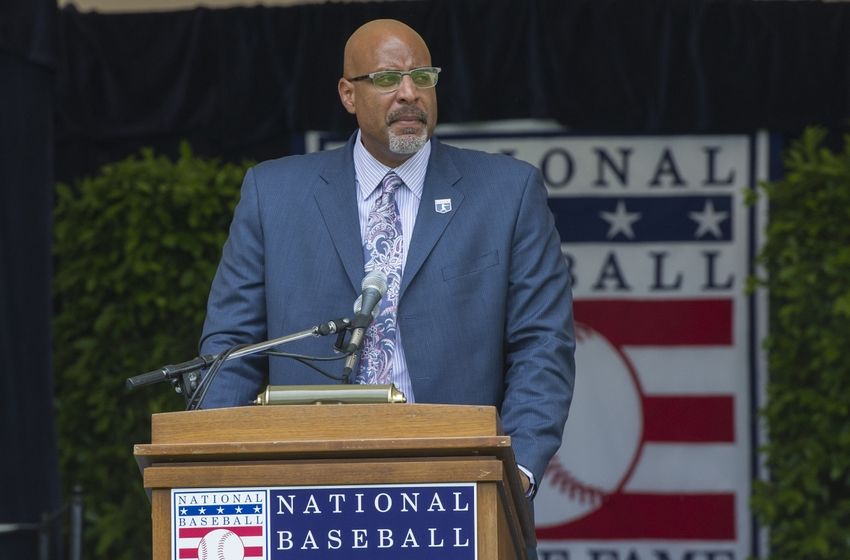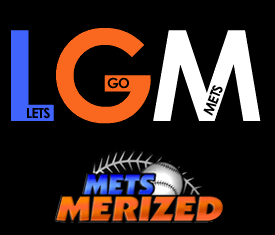
As reported on MMO by Nate Mendelson, MLB and the MLBPA met on Tuesday, and made “real progress”, according to MLB insider Jon Heyman.On Monday, the players made a counterproposal to an offer submitted by the owners on January 13. In their counterproposal, the players made significant movement in one of the core economic issues when they dropped their request for free agency sooner than six years of service time. As indicated in this article in MMO, the MLBPA sacrificed in an area that, while one of their desires in the negotiations, was not aligned to their primary objectives of increased compensation for younger players,, and taking away incentives for teams to “tank” in order to receive optimal draft picks.
As expected, the owners moved significantly in one of the other core economic issues, arbitration (as well as minimum salaries). According to Mark Feinsand of MLB.com:
MLB has dropped its proposal to eliminate Super Twos, another proposal to pay arbitration-eligible players via a formula and a third proposal to make changes to the pension plan. Under MLB’s proposal, the arbitration system would remain unchanged.
MLB’s proposals include higher minimum salaries, access to early-career bonuses, as well as an increase in the CBT threshold. The league’s proposal is also designed to make it more likely for top prospects to earn a full year of service time in their first season. Under the proposal, players would receive a minimum of $258,500 more over their first three years of service, which represents a 15% raise from the current figures.
Under the MLB proposal, the owners accepted the concept of a pre-arbitration bonus pool for players in the top 30 as measured by WAR. The sides remain apart on how much would go into the bonus pool. Initially, the players are asking for $105 million, and the owners have offered $10 million. This gap may be easily bridged, possibly as part of a negotiation for an increased number of teams in the postseason. The owners would like a 14-team playoff field, but the players have resisted. They could settle on 12 teams, and meet somewhere in the middle on the bonus pool.
The third core economic issue is the Competitive Balance Tax (CBT). As noted above, the owners on Tuesday offered an increase in the current threshold of $210 million, but it’s unclear how much of an increase. It’s likely that their offer was for very modest increases over the next Collective Bargaining Agreement, while the players would like significant increases. The two sides will have work to do on the CBT, as it has served to restrain spending by the larger market teams.
Take a quick look at how the negotiations are progressing across the five central topics:
Arbitration: Tuesday’s meeting was productive. The owners agreed to a bonus pool initially suggested by the players (though not the amount to put into it) and further agreed to maintain Super Two status and the arbitration system. While there is no agreement on arbitration, the two sides are much closer and can probably come to an agreement soon (the minimum salary increase may have to go up a bit too).
Free Agency: The players moved on this one, dropping their request for free agency sooner than six years. This topic is close to alignment.
Draft: Both sides agree that something has to be done to take away tanking incentives, and a draft lottery is a commonly used methodology in other sports. How the lottery will work is still up for debate, but this one should be solved quickly since MLB and the MLBPA are in agreement on the concept.
Playoffs: The players claim they want to keep it to 10 teams, the owners are proposing 14. They will most likely settle at 12, but the players will use the number of postseason teams to extract a concession in another area (my guess is the amount in the bonus pool since the number of playoff teams directly ties to revenue).
Competitive Balance Tax: This one will be the most difficult. Few teams exceed the threshold for the CBT, and controlled spending at the top impacts the amount of money spent on players. The CBT will not go away, nor will it become a hard salary cap. The task for the owners and players will be to agree on the amount both the threshold and tax rates will increase over the next five years. A salary floor has been proposed. It will be interesting to see if that’s part of the new deal. MLB and the MLBPA will have to roll up their sleeves and figure this one out, and not let disagreement negate the progress they have made in other areas.
A new CBA agreed to in a timeframe that will allow for an on-time start of spring training, seemed highly unlikely just days ago. With the progress that has been made since Monday, it’s fair to be cautiously optimistic that it may happen. There is still work to do, and the acrimony has not and will not evaporate overnight. There is always a chance that a hardline position taken by either side may derail the entire process.
The owners and players may meet again later this week. A deal by February 1 still seems improbable, but an agreement during the first week of February may be realistic. That will allow baseball to get back on track, and a full season (and a full suite of spring training games) to be played in 2022.
With these two sides, anything can happen. Is the optimism over the last few days fool’s gold? Time will tell. One thing is for sure, there is more hope for a full baseball season today than there has been at any point since the lockout began on December 2. We can take that as a win.














